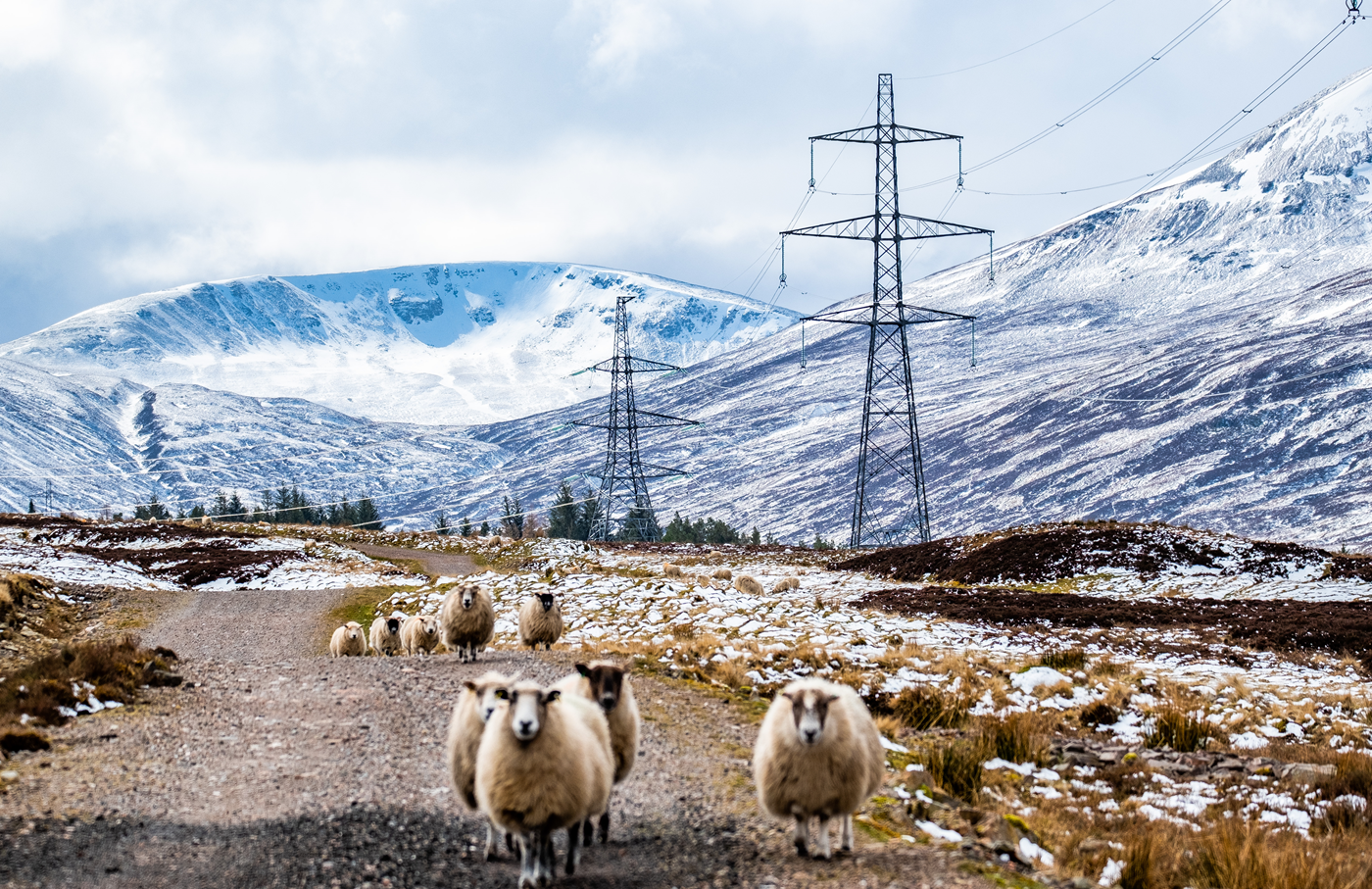The real cost of having insufficient grid
The infrastructure of pipes and wires can be, I admit, a little dull. Although offshore windfarms and subsea cables are both engineering mega-projects, most would acknowledge that the offshore windfarm is the more dramatic.
But our electricity networks are, literally, the pathway to Net Zero emissions. As we connect more renewable power, such as those dramatic offshore windfarms, the grid is essential to take that power onwards to homes and businesses. Without grid, we will hit congestion on our journey to Net Zero. This will result in delays and relying for longer on fossil fuel energy.
There is a real cost with having insufficient grid. We have just published analysis to inform the UK Government’s Review of Electricity Market Arrangements (REMA) that illustrates – in hard data – that cost.
There is currently a shortage of grid between renewable generation located in the wet and windy north and electricity consumers in the densely populated south. Insufficient grid puts a limit on electricity that can be taken south – when that limit is reached, low-cost renewables in the north are ‘switched off’ and higher cost gas-fired power stations in the south are ‘switched on’ to compensate.
Over the past two and a half years, this grid constraint has resulted in electricity consumers paying nearly £2 billion more than if there had been sufficient grid capacity to transport renewable energy to where it was needed. This is both wasted energy and means higher gas use at a time when the Continent can ill afford it.
In addition, the gas-fired power stations have emitted an additional 3.6 million tonnes of carbon dioxide over this two-and-a-half-year period. As much as Iceland produces each year1.
The shortage of grid is, in large part, due to the laudable pace of electricity decarbonisation in GB which has been much faster than the build of large transmission infrastructure. To close that gap and deliver on accelerated 2030 ambitions for offshore wind in response to the Russian invasion of Ukraine, earlier this year the UK Government and Ofgem endorsed a network plan for 2030 that will see grid investment from the Western Isles in the far north down to the Thames Estuary in the south.
Grid investment is, and we do not shy away from this, expensive. The estimated cost of the 2030 network plan is £21.7 billion across GB. However, the cost of the alternative is much higher. Independent analysis shows that if there had been more grid capacity between Scotland and England then customers could have saved up to £750 million over the past two and a half years2. The Peterhead to Selby offshore HVDC link just approved by Ofgem will provide an equivalent grid capacity at a cost of around £25 million per year.
Clearly, while the 2030 plan will address the current grid shortage, it will still not be enough to achieve our national ambition to decarbonise the electricity system by 2035. Work on the next stage of network planning is already underway and will be published in spring 2023. We are committed to working with Government, Ofgem and others to deliver timely grid investment that doesn’t lag behind renewables growth.
This is not dull. We are rewiring our country to build the network highways that bring clean, green power to all of the nation’s homes and businesses. Delivering a network for Net Zero.
For more information on Energy Markets, please refer to the dedicated webpage on our SSEN Transmission website.
1 Country statistics from Our World in Data, accessed October 2022.
2 LCP used historic bid/offer costs to assess the lost opportunity had thermal capacity been 500 MW higher on electrical boundaries between Scotland and England. We compare this with the average annual revenue cost of the Eastern HVDC Peterhead to Selby investment which will provide 2GW thermal capacity across those boundaries.
